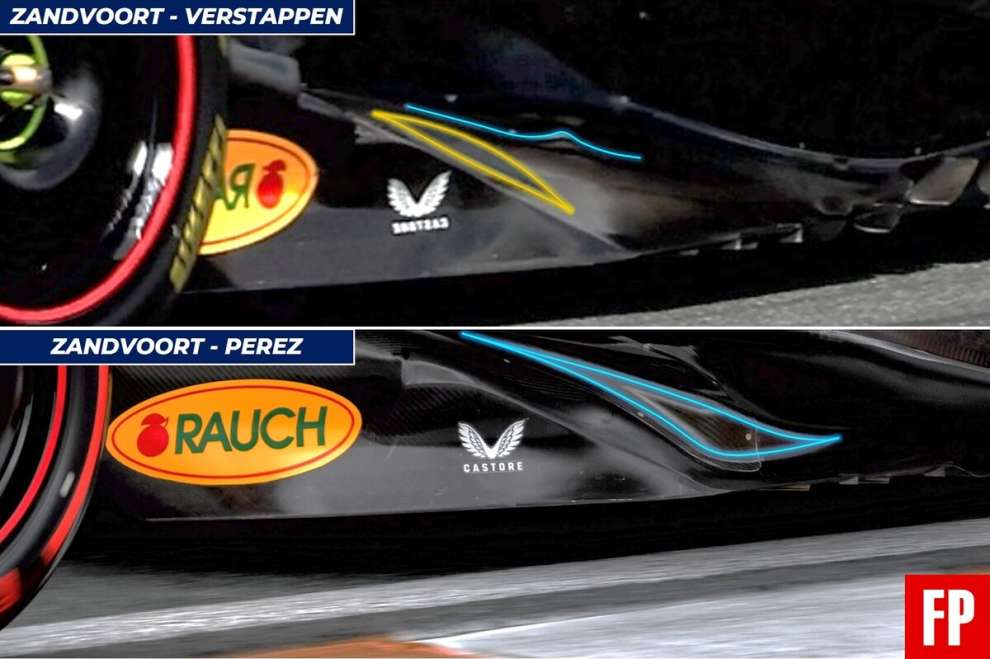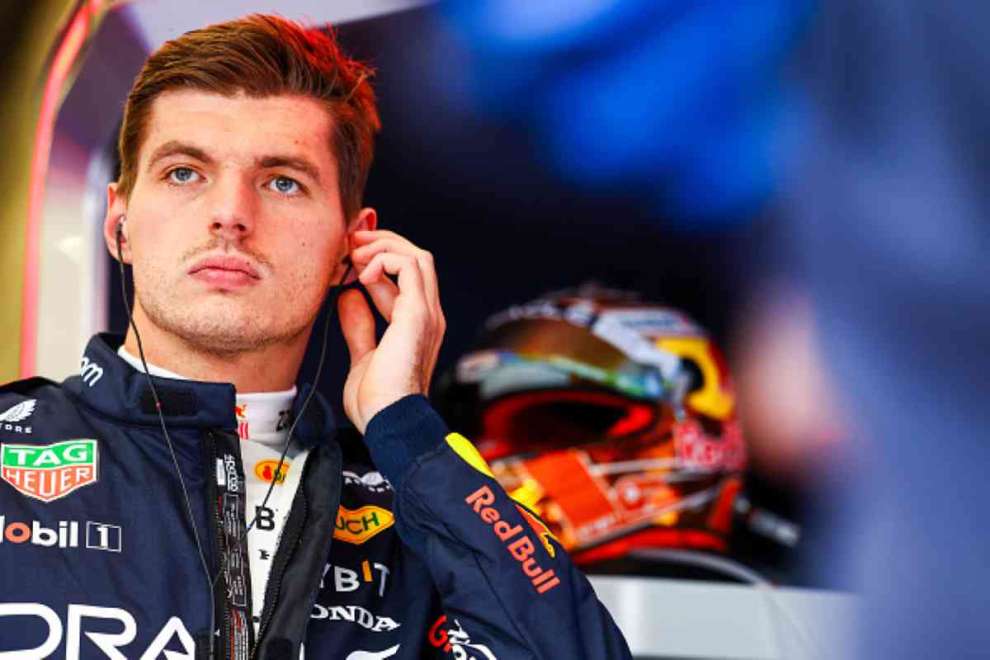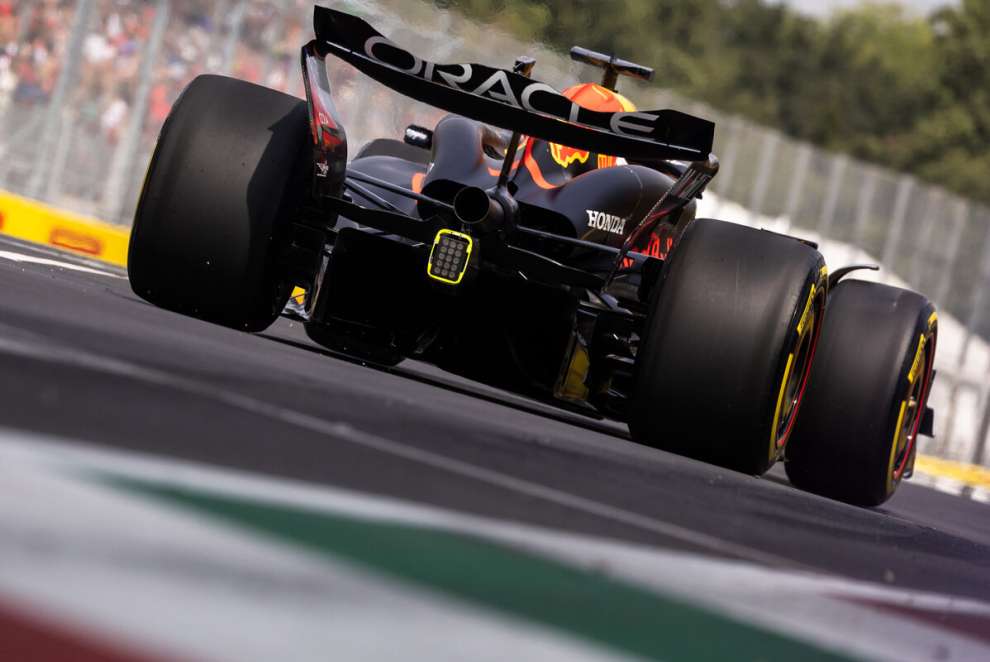By Carlo Platella
“Practically we went from a dominant car to an undriveable one within 6-8 months. We have to turn this machine around.” This is Max Verstappen’s summary at the end of the Italian Grand Prix, one of the lowest moments in the world champions’ season. Red Bull’s collapse has distant origins, to be traced back to the concept inherited from the 2023 car, whose limits are exacerbated by seasonal development and the growing pressure of competition.
The painting
The current RB20’s limitation lies in a narrow operating window, the classic short deck problem, with the difficulty of remedying one flaw in the car without exposing another. The result is a car that often falls short of balance. “I think Max can’t rely on the rear entering the corner and to compensate for this he ends up understeering,” Christian Horner’s analysis. “The line is really thin and you can see it from what happened in qualifying [a Monza, ndr]On used tyres and with a certain balance we managed to print 1’19”6. Once we mounted the new tires we completely lost the balancelapping 4 and a half tenths slower”.
The qualifying sessions in Monza are the perfect illustration of the fickleness of the RB20, capable of printing the second best time overall in Q2 on used tyres. In Q3, however, the drop in track temperature and the switch to new tyres causes an increase in rear grip, to the detriment of front grip. The excessive stability of the rear end becomes responsible for a failure of the car to rotate when entering a curveresulting in understeer.
The dynamics feeds on itself not only with the instinctive reaction of the driver, forced to apply a greater steering angle, overheating the front tyres and losing further grip, but also with the countermeasures on the set-up. “It can be noted that we have a disconnect in the balance”, continues the Team Principal. “As soon as you find yourself in this situation you are more aggressive on the tyres, you move the balance to solve one problem but you create another and end up in a vicious circle.”
The origin
Listening to Horner’s words, it would seem that the limitations in the balance were already present during the dominant start to the season: “If you pay attention, some of these problems were already there at the beginning of the yeareven when we were winning by 20 seconds.” Although radically changed in its external lines, the RB20 is nothing more than an extreme version of the 2023 concept, thus inheriting some pre-existing defects in last season’s Red Bull. “As we dug deeper into the data we started to see this in some races last year from Austin onwards. It’s something we’re aware of and need to address.”
The development of the RB20 during 2024 further exacerbates the problem, leading the team between Zandvoort and Monza to compare the latest version of the fund with the one from the beginning of the season. The updated configuration ensures greater downforce and aerodynamic efficiency, but at the cost of a narrow operating range. The highest peak performance is offset by an even more precarious balance, which in addition to complicating driving and compromising lap times, affects tire management.

“I think the latest updates, while increasing the aerodynamic load, have disconnected the front from the rear. The wind tunnel doesn’t show it, but the track does.”, Horner says. If the problem doesn’t surface earlier, it’s due to the limitations of wind tunnels, in which it’s possible to simulate cars at different heights from the ground and in different postures but not to study their transients, that is, the movements experienced while driving, to which the aerodynamics of ground effect are extremely sensitive. In the case of Red Bull, however, to all this must be added the growing pressure of competition.
The timing
The superiority of the world champions begins to falter from the Miami Grand Prix, a race where there are rumours that he will be banned the asymmetric braking systempotentially of great help in imparting greater rotation to the car when entering a curve. The Federation denies it, but until proven otherwise the hypothesis cannot be ruled out, even if it does not entirely explain Red Bull’s subsequent difficulties.
In Miami, in fact, McLaren made a leap forward thanks to the first development package, putting the world champions under pressure. “I think the others have taken a step forward and As soon as we squeezed the package more we exposed its problems”, reflects Horner. If at the start of the year Red Bull enjoys such an advantage that it does not have to push the RB20 to the limit, neither with driving nor with set-up, from May the situation changes, forcing the world champions to confront the limits of the project.

Verstappen explains: “If at a certain point your car is no longer the dominant force, you have to try to get even closer to the limit. At that point you are more likely to risk losing it. Its peak performance is in a narrower range, it is easier to have difficulties”. So the Red Bull is not a car that loses performance during the year, but if anything it becomes more difficult to extract its potential. The wet qualifying in Belgium, even though it was run with a more loaded set-up, and above all the Austrian weekend are proof of the great competitiveness of the RB20 once the feat of hitting its ideal operating window has been achieved.
The slopes
The calendar after the summer break only serves to further emphasize Red Bull’s shortcomings. Zandvoort is a high-load track with plenty of medium-speed cornersconditions in which rival McLaren tends to excel. The strong Dutch wind also exacerbates the fragility of a car with a narrow window, but still capable of finishing the weekend in second position.
A week later, however, it becomes reality the perfect stormThe low downforce configuration imposed by Monza deprives Red Bull of that precious grip to mask the limits of the balance, exposing them fully. “Max usually manages to get around these problems. I think that on a low-aero circuit, and on this type of track in particular, not even with his talent could he do anything,” reflects Horner.

Not to be overlooked is the perfect mix in Monza of slow corners (the first two Varianti), medium-high speed and long-distance corners (Lesmo 1 and Parabolica) and short high-speed corners (Lesmo 2 and Ascari). A variety that complicates the search for balancenot being able to compensate for the aerodynamic imbalances at high speeds without risking a mechanical imbalance at low speeds. All with the need to find the right compromise between stability and reactivity in changes of direction.
The future
From this point of view, the next two city tracks make it easier to find the balance, dominated almost entirely by curves of a single type, that is, short, slow and 90°, a homogeneity that is the polar opposite of Monza. On the other hand, in Baku the difficulty of running in a low-load configuration arises again, without any extra grip to hold on to to compensate for the precarious balance. Singapore, on the other hand, opposes the challenge of kerbs and bumps in the road surface, which have already sent the RB20 into crisis in Monte Carlo.

The defense of the world titles will depend above all on the arrival of updates, limited however by the abundant economic and temporal resources already invested also in the expensive modifications to the bonnet for reliability reasons. Horner concludes: “Are there any corrections we could introduce?maybe not to solve the whole problem, but a part of it. Now we have two weeks before Baku and Singapore and then we have another mini break before Austin during which we can work. This period will be crucial”.
#Analysis #External #pressure #tracks #development #reasons #Red #Bull #collapse
